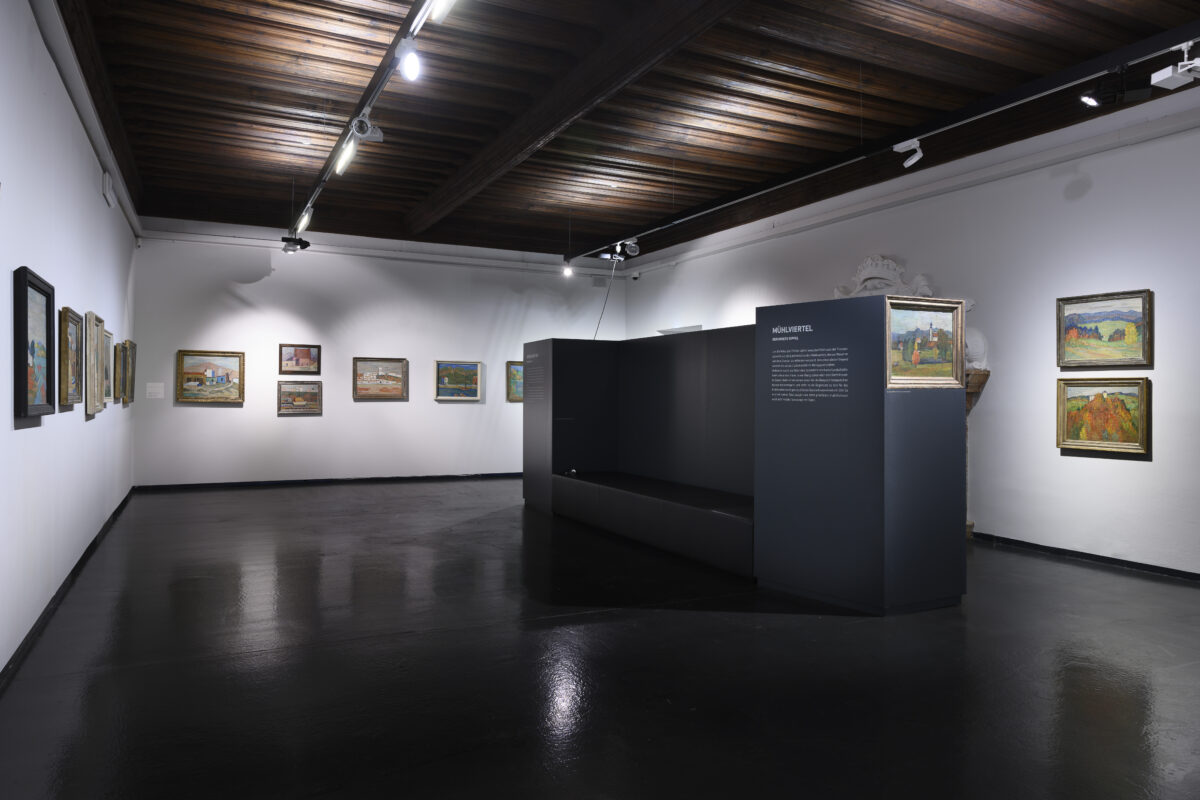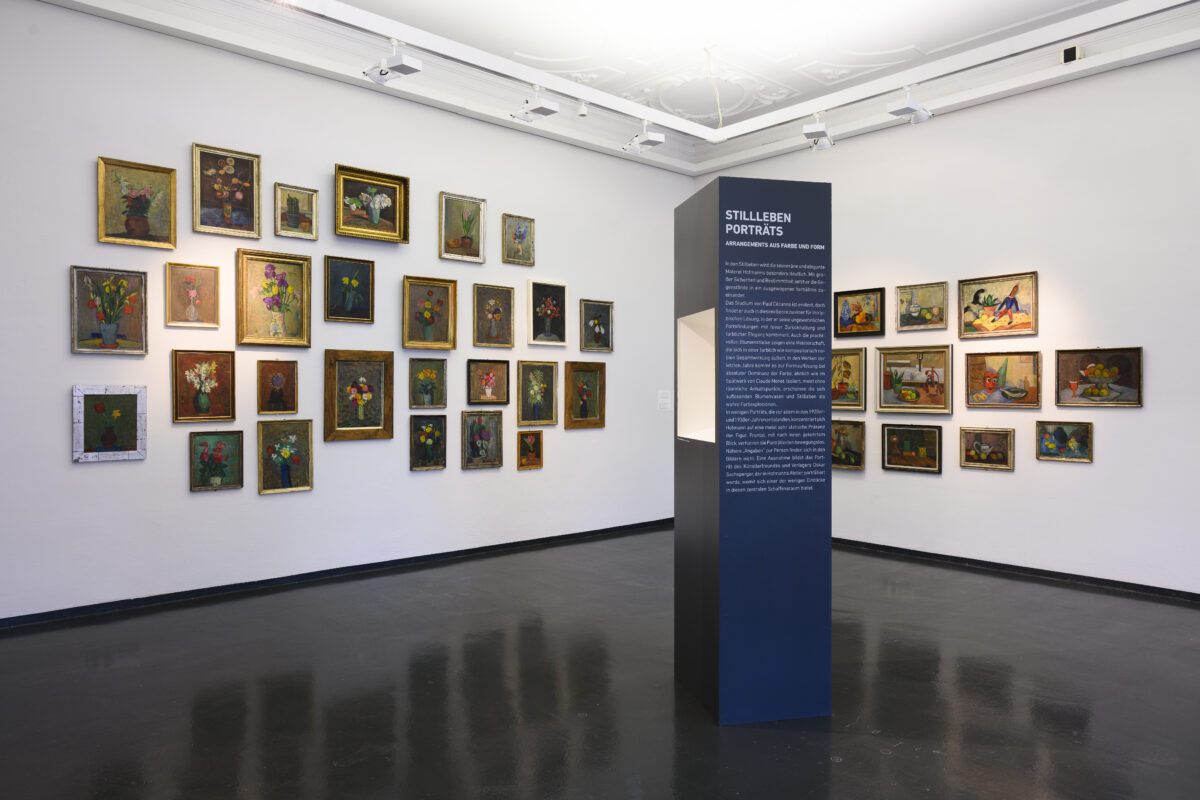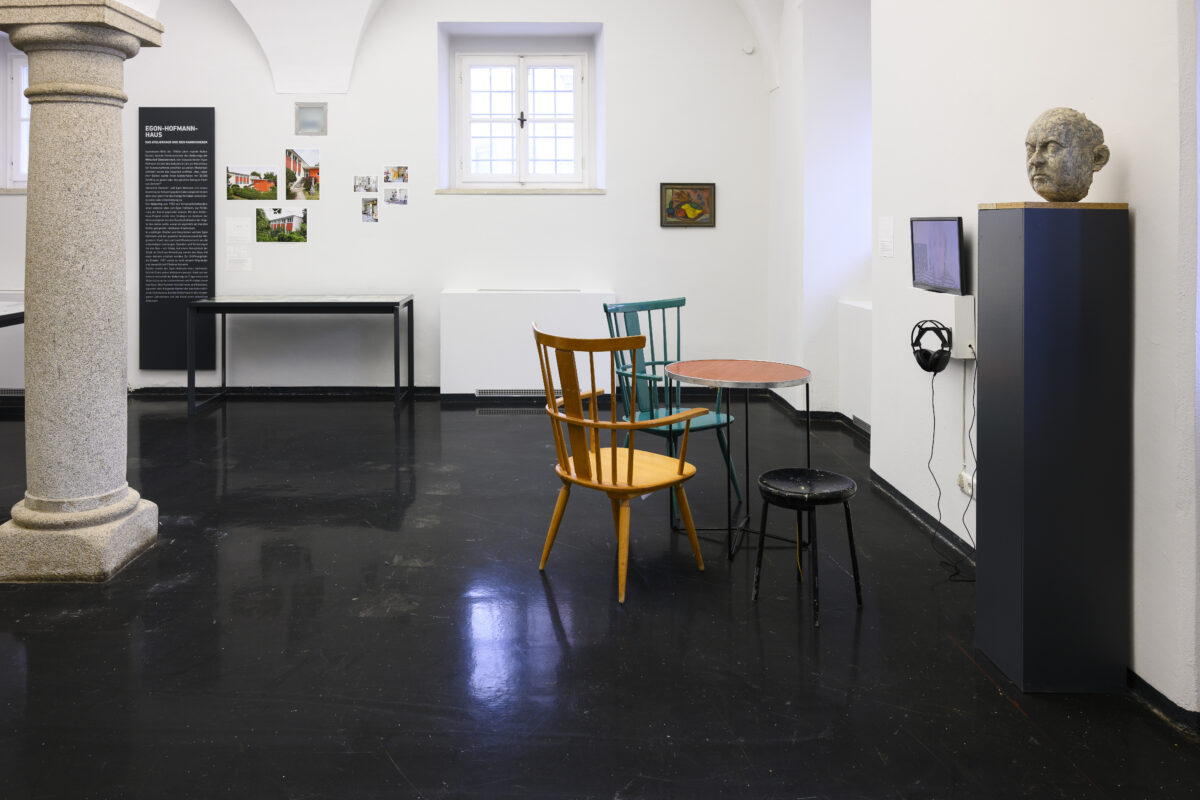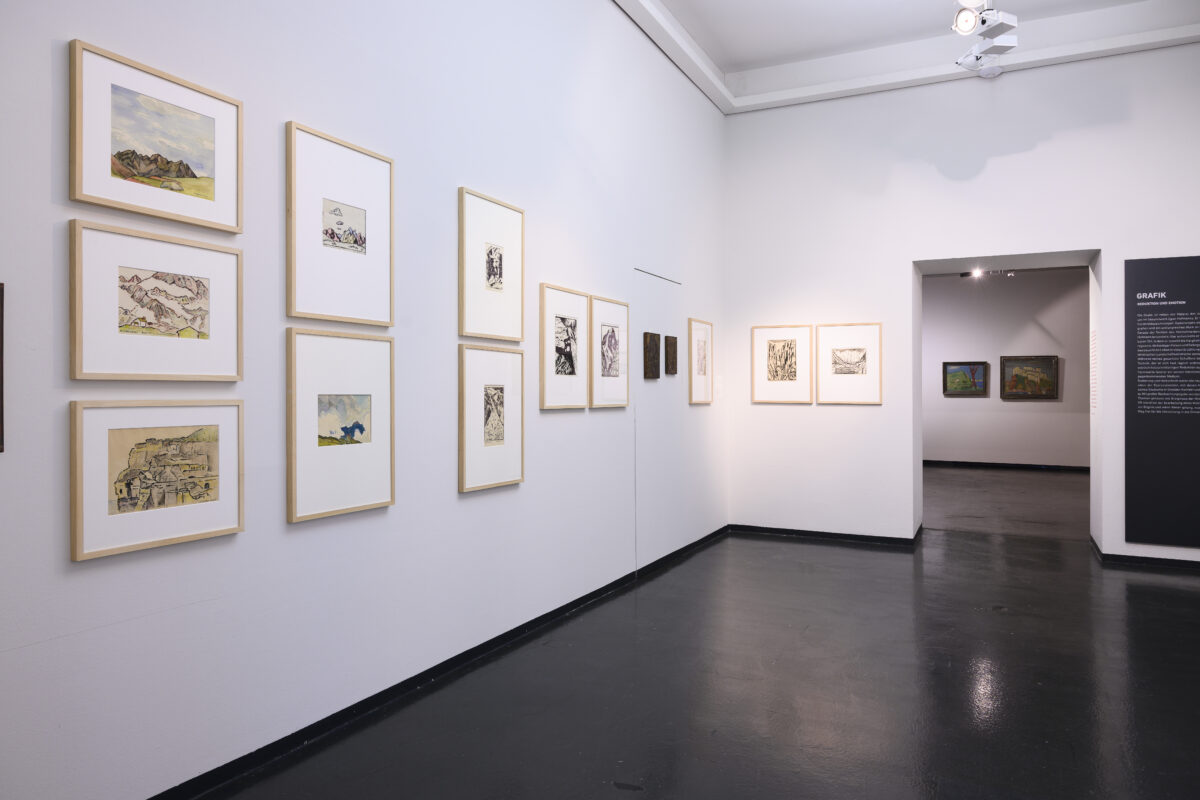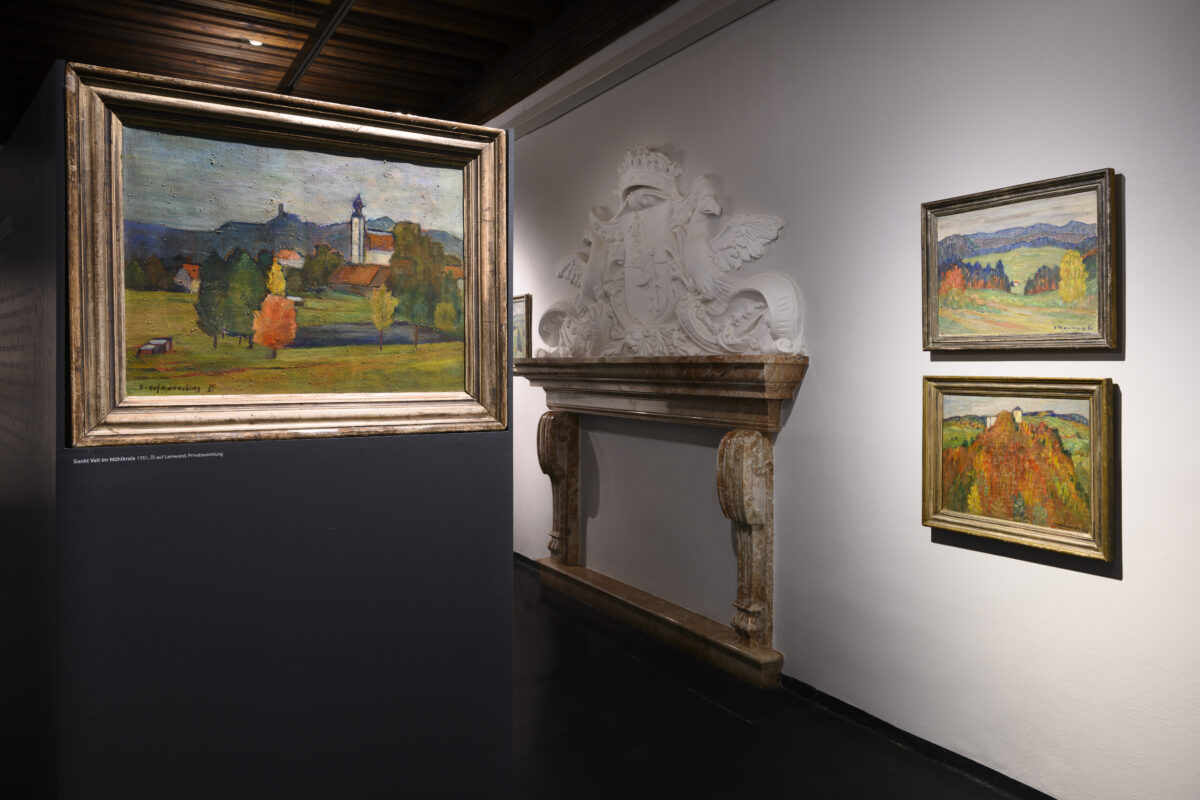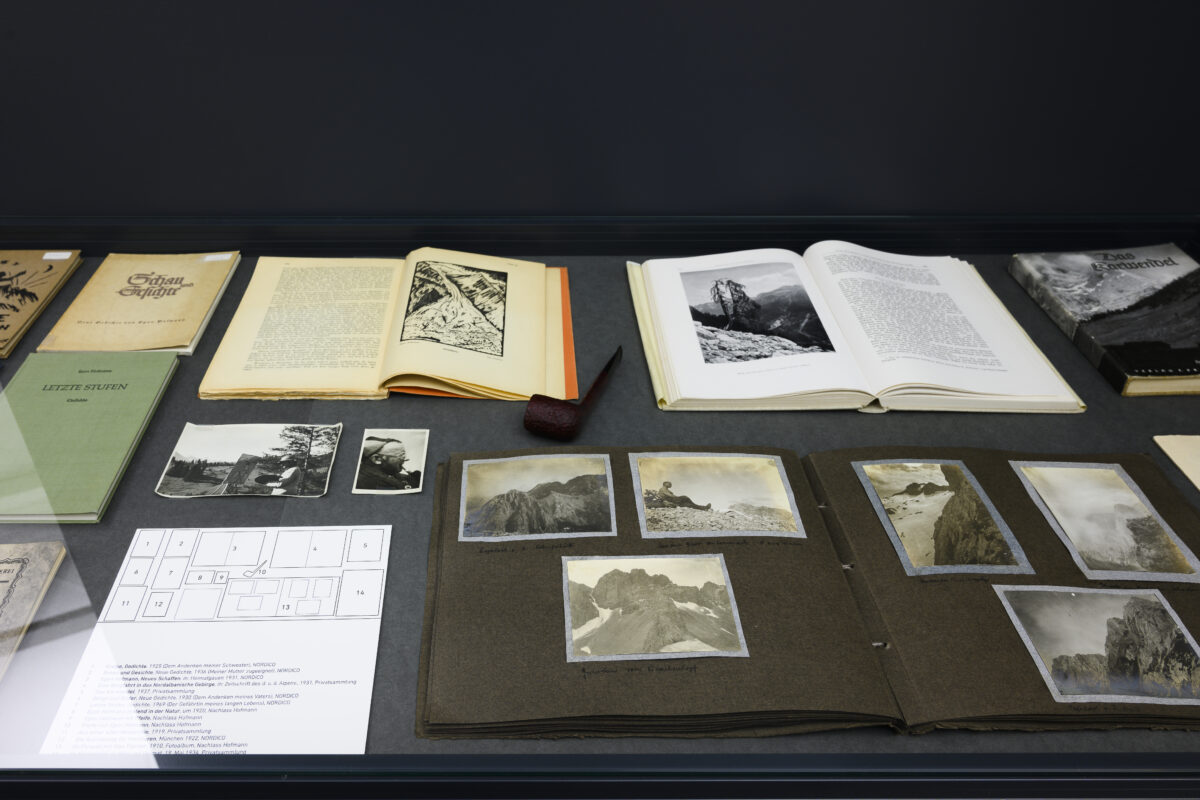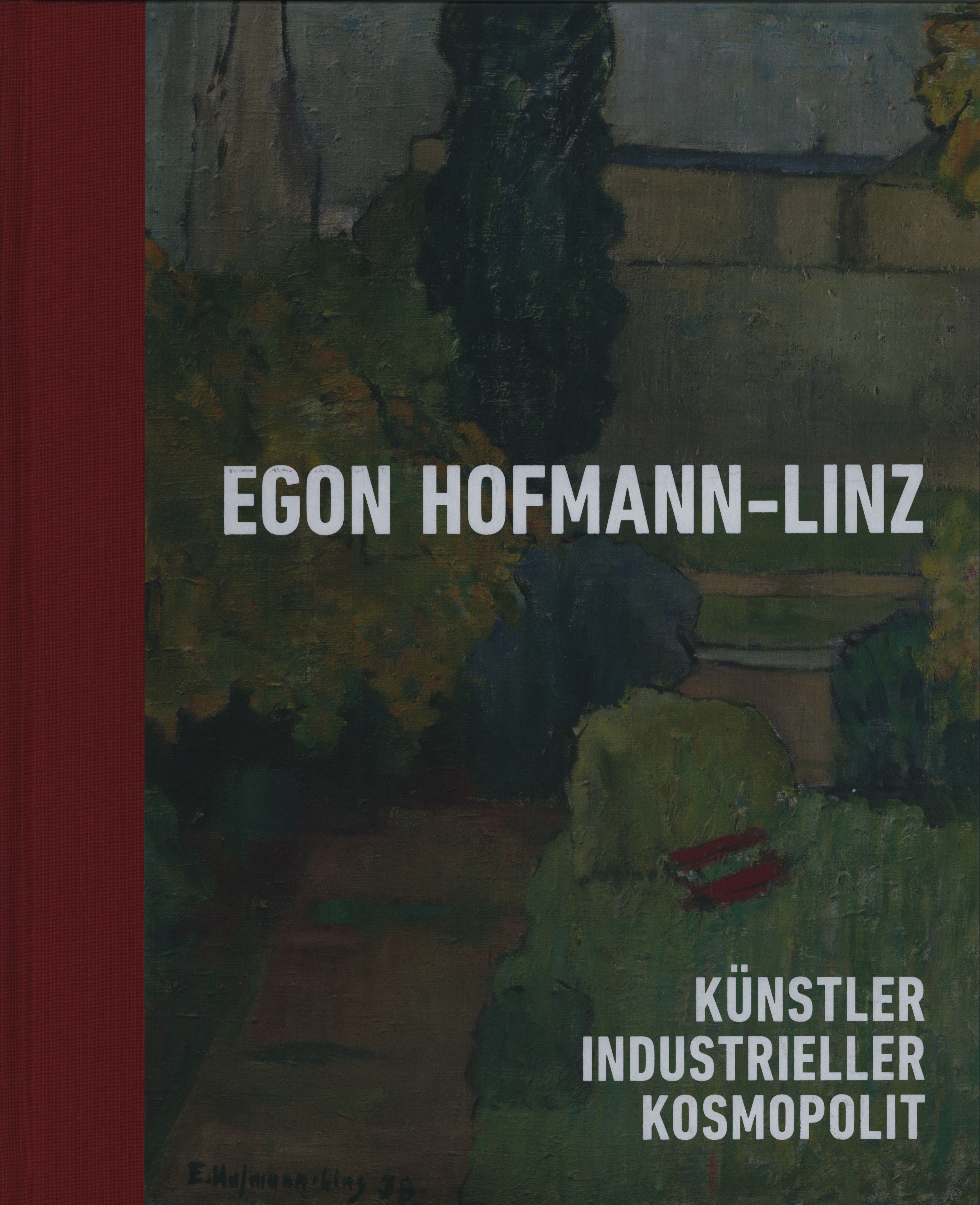Egon Hoffmann – Linz
Artist, industrialist, cosmopolitan
Egon Hofmann’s oeuvre must be seen as part of the first stirrings of modern painting in Upper Austria. By adding “Linz” to his artist’s signature, Hofmann emphasised his closeness to Linz, the city that remained the focus of his work all his life. Having grown up in the time of the Austro-Hungarian Monarchy in a well-to-do family, all his social, professional and private relations tied him to Linz. He counterbalanced this by travelling extensively, also to distant regions of the globe. That he studied law was supposed to serve the needs of the family business, but what he found truly congenial to his talents was the academic training as a painter, which he obtained in Paris, Stuttgart, and Dresden. His artistic talents had been spotted early on in his life and were consistently cultivated. His mother, Agathe Hofmann-Schwabenau, was a well-known painter in her own right and influenced his development. Another passionate commitment in evidence early on was to the mountain world, which he explored in extensive tours and expeditions.
Hofmann’s pictorial language reflects the latest developments in the art of the early twentieth century, from Paul Cézanne and the artists of the “Brücke“ to Swiss painters in the entourage of Ferdinand Hodler. He soon developed an unmistakable personal style in line, colour palette and stringent composition and became particularly proficient in rendering snow and ice. This led his friend, the artist Alfred Kubin, to describe him as the “Meister der Firne“, the master of firns. Alongside his mountain pictures Hofmann painted exquisitely poetical still lifes and he documented his impressions as an indefatigable traveller. Another of his hallmarks after World War II are his views of the Mühlviertel.
Hofmann also used the woodcut technique to realise his themes with great compositional stringency and expressive power. Especially in his early prints he allowed some room for narrative elements. Conversely, in his paintings he largely eschewed figurative elements, as was also the case in the crayon drawings and watercolours he made In the immediate presence of his motif. Even when Egon Hofmann took over the family business, the Kirchdorfer Zementwerke, in 1934, he remained an artist first and foremost. As a restlessly active personality of great charisma he sought to promote a lively art scene in Linz. He was a driving force behind the foundation of both the artists’ association “Der Ring“ and the “Künstlerbund März“, serving as the chairman of the latter association for many years both before and after the war. His role as a mediator between business and art allowed him to facilitate major projectrs. In 1957, for example, his support called a studio house for young artists – Im Dörfl 3 – into being, which is named after him and has been a key player in Linz’s cultural life to this day.
Curators: Michaela Nagl, Andrea Bina
Exhibition design: Margit Greinöcker und Tobias Hagleitner (Exhibition design and management Egon-Hofmann-Haus)
Videos
*Please understand that we offer our video production in German language only.
